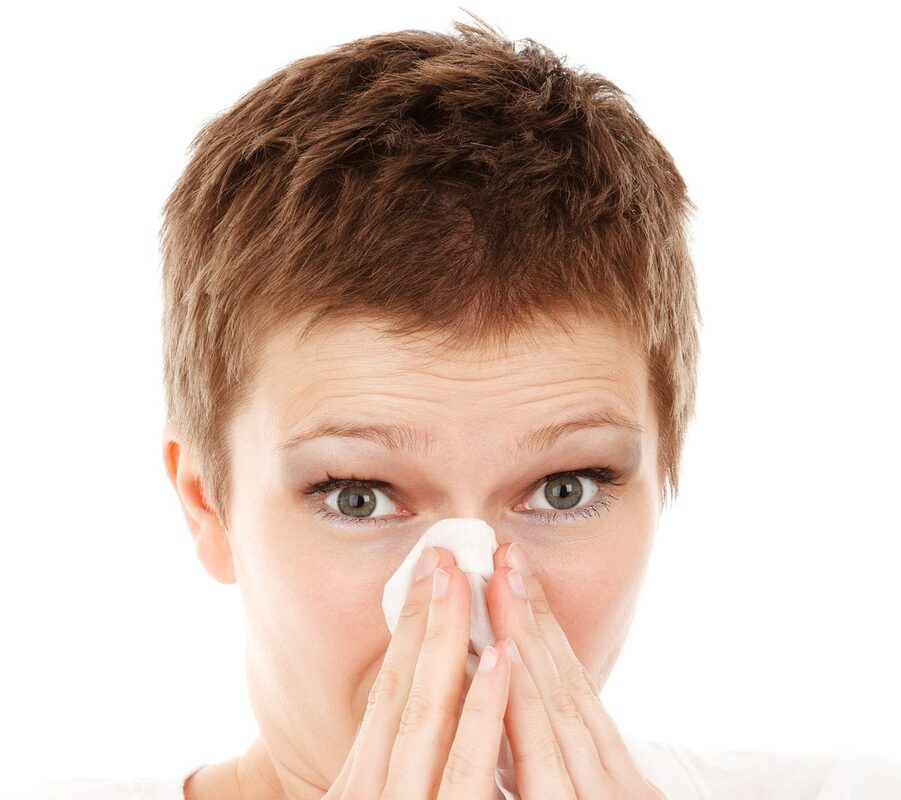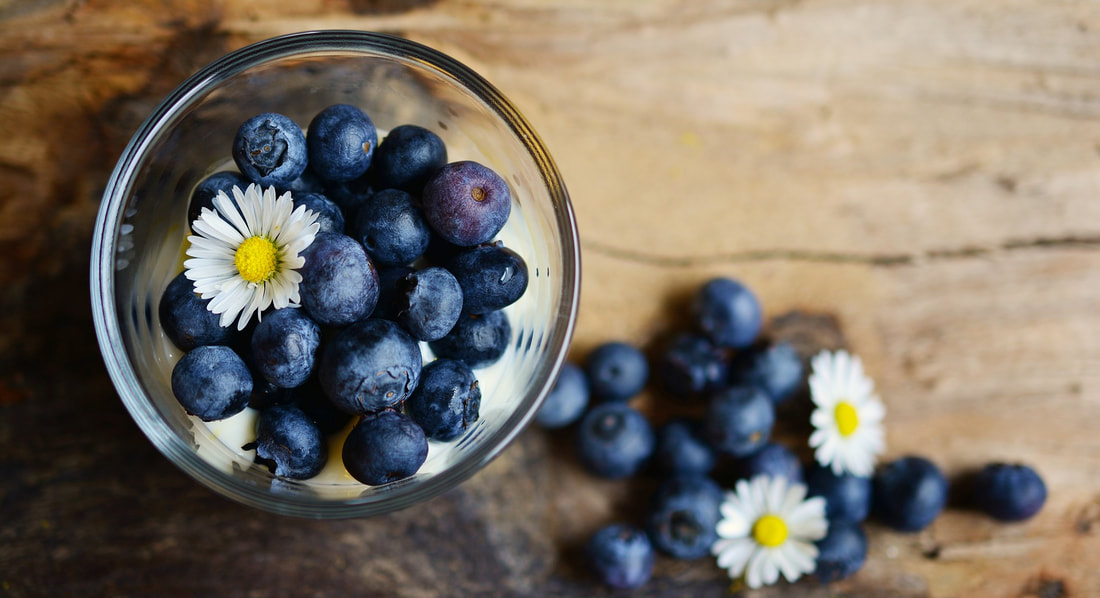Ronit Mor, NDFor a quick health quiz, consider whether you suffer from any of the following symptoms:
 These are very general symptoms and have many potential causes. One potential cause which isn’t discussed often is a condition called Histamine Intolerance (HIT). Instead, many patients with a combination of such symptoms are routinely referred to a variety of different doctors, each focusing on a piece of the puzzle:
These medications suppress and mask the symptoms and not one of them addresses the underlying cause. In fact, some of them exacerbate the actual cause! DID YOU KNOW: the World Allergy Organization estimates that approximately 1% of the world's population suffers from histamine intolerance, of which 80% are women and most of them are over the age of 40. Sadly, even after years of painstaking research and excellent peer-reviewed publications by very reputable clinicians and scientists, many conventional medical practitioners deny the existence of histamine intolerance as a medical condition. What is Histamine? Histamine is a natural chemical responsible for a few major functions. It is both made by the body and found naturally in certain foods. It conveys messages between cells and our nervous system. It is involved in the regulation of stomach acid, the permeability of blood vessels, muscle contraction and brain function and is essential to fight against disease-causing agents such as bacteria and viruses. What is Histamine Intolerance? Histamine only becomes a problem when we have metabolic disturbances that do not allow us to effectively metabolize it properly. In our body, histamine is broken down by the enzymes diamine oxidase (DAO) and histamine-N-methyltransferase (HNMT). HNMT is responsible for breaking down histamine in the central nervous system, skin, lungs and other organs while DAO is the major enzyme involved in histamine metabolism in the digestive tract and is responsible for ensuring a steady histamine level required for the balance of numerous chemical reactions taking place in the body. DAO is the key enzyme responsible for the degradation of extracellular histamine, regardless of whether the histamine originates from allergy-induced processes in the body or is consumed with food. If DAO is inhibited, histamine will accumulate in the blood and would result in intolerance. “Think of histamine intolerance like a bucket filling up with water. Everything is fine while the water is below the top of the bucket; however, as soon as the bucket overflows, serious problems can occur. Every person has a different sized “bucket”; the point ofoverflow and the appearance of symptoms is called a person’s limit of tolerance, and this level varies between individuals. So, why does the bucket overflow at all? It is because, for various reasons, histamine levels in the body can increase to a point that exceeds the body’s ability to remove the excess.” ~Dr. Janice Joneja, Histamine Intolerance: A Comprehensive Guide for Healthcare Professionals The onset and severity of histamine intolerance symptoms vary greatly between individuals, but common complaints are:
Truly, there are not many issues that can cause so many adverse problems in virtually every area of the body like histamine intolerance. It’s not a Food Allergy! With histamine intolerance, symptoms can be triggered by certain foods, but the mechanism is different than a food allergy.
It's important to note that some of the symptoms mimic a true allergic reaction, but since histamine intolerance is not mediated by IgE, skin testing and blood allergy tests will be negative. So, What Triggers Histamine Overload? There are four major factors that contribute to excessive accumulation of histamine in the body: 1. Diminished ability of the body to clear histamine:
2. Poor diet and lifestyle choices:
3. Compromised digestive tract:
4. Environmental toxins and allergens
Note, that the three biggest factors involved with histamine intolerance include: leaky gut syndrome (or related disorders such as Crohn’s disease, Irritable bowel, celiac, gluten intolerance); a genetic polymorphism with the DAO enzyme; and heavy alcohol and/or medication usage. How Does Diet Play a Role?
Most people associate histamine with immune responses in the body. But almost all foods and drinks contain some level of histamine, and these usually increase as the food ages, spoils, or ferments. Some foods and drinks also contain compounds that help release histamine in the body or block the production or effectiveness of the enzymes DAO and HMNT. Researchers are still working out how much histamine is in most foods and drinks, as well as precisely how some nutrients impair DAO and HMNT activities. According to the current research, everyday foods and drinks rich in histamine include:
Suspected histamine liberating and DAO blocking foods include:
People who are looking to reduce or reverse the condition will often need to go on a low-histamine diet. Note, that I said 'low-histamine' not 'free-histamine' diet. The goal is to decrease your histamine load rather than follow a histamine-free diet. That will ensure that you have more room for error when it comes to food, and you are not starving and stressing yourself to no end. Foods and drinks low in histamine include:
Scientists have found a number of nutrients that are effective at boosting DAO enzyme levels. These nutrients include:
Remember: a low-histamine diet is a structured program that’s best done under the supervision of a nutritionist or a naturopath specializing in food intolerance. Diagnosing Histamine Intolerance Histamine intolerance is poorly understood in the medical world. Most health professionals are not trained on the topic, diagnosis is flaky at best, and the condition itself is difficult to treat. In fact, many practitioners typically recommend a diet high in histamine containing foods. This includes fermented foods which have incredible health benefits for those with adequate histamine metabolism. You may want to discuss the following tests with your health practitioner:
Treating Histamine Intolerance Aside from dietary changes, there is no set treatment for people with histamine intolerance. Depending on their symptoms or the cause of the condition, most people benefit from the following functional approaches:
REMEMBER: Suppressing a symptom may ease your suffering and help in the immediate moment, but it never gets to the underlying cause; this approach does not take into account your body’s natural self-healing mechanisms and causes long-term dysfunction; thus, it is best to think WHY, HOW and MECHANISM of various conditions rather than focusing on the ‘condition’ itself. Comments are closed.
|
Archives
October 2022
Categories
All
|
|
FOLLOW US
|
RESOURCES
|
©2020-2024 Ronit Mor LLC. ALL RIGHTS RESERVED
All statements on this website have not been evaluated by the Food and Drug Administration. The content of this website is not intended to diagnose, treat, cure, or prevent any disease.
All statements on this website have not been evaluated by the Food and Drug Administration. The content of this website is not intended to diagnose, treat, cure, or prevent any disease.



 RSS Feed
RSS Feed
